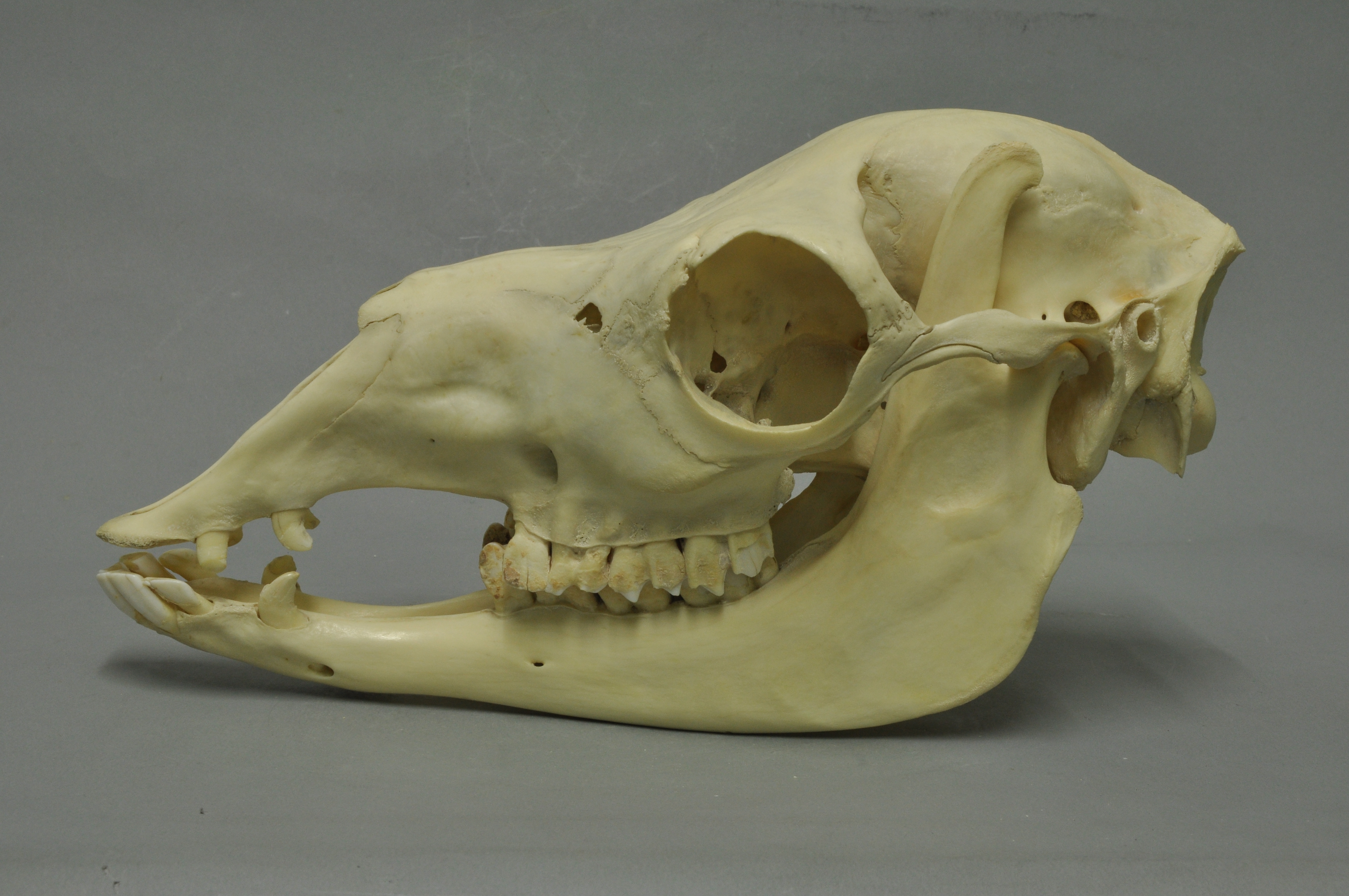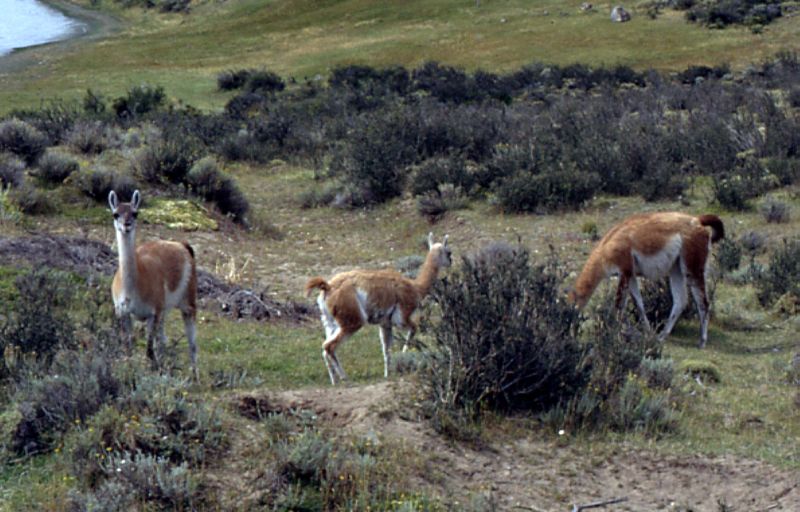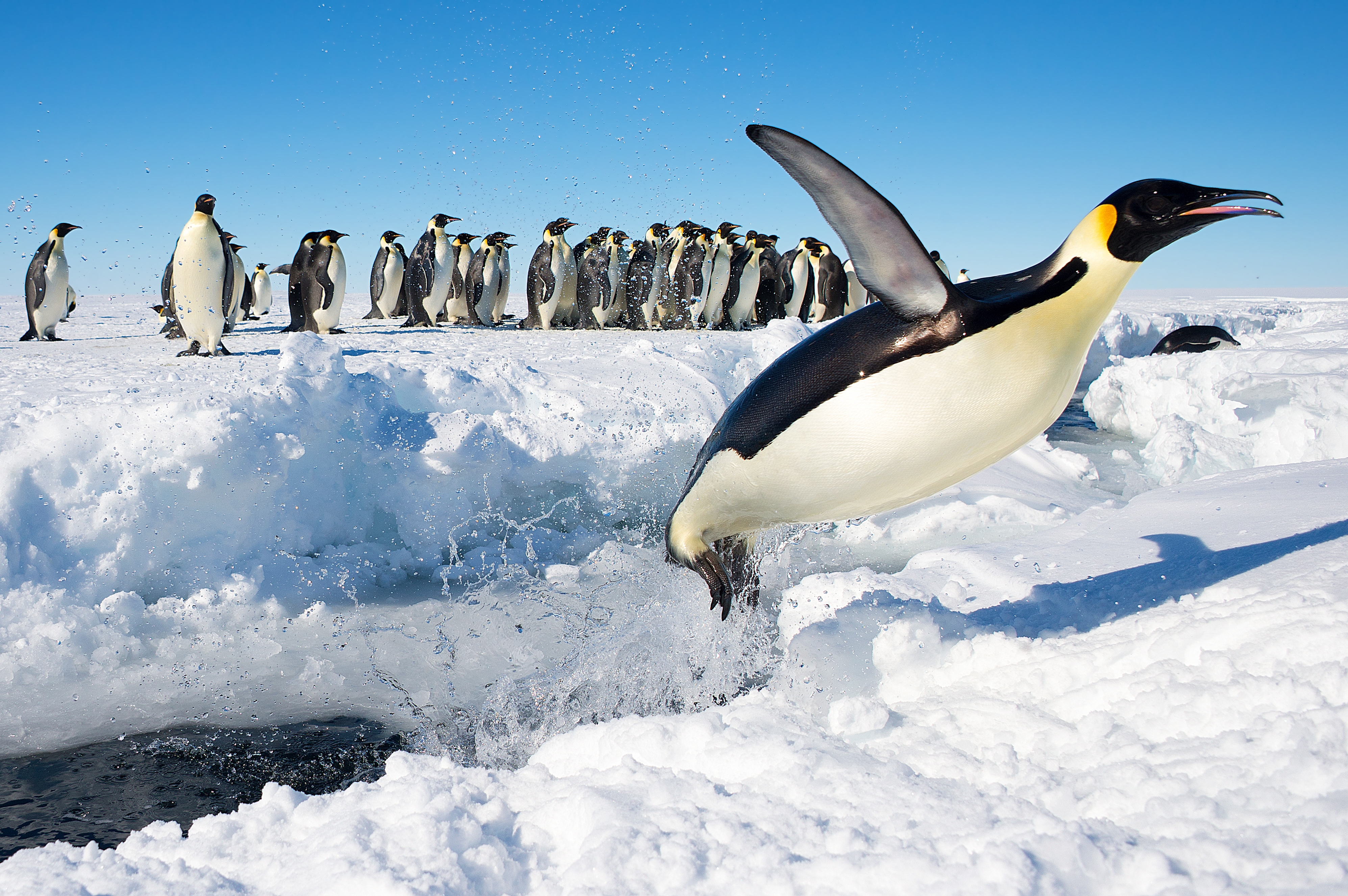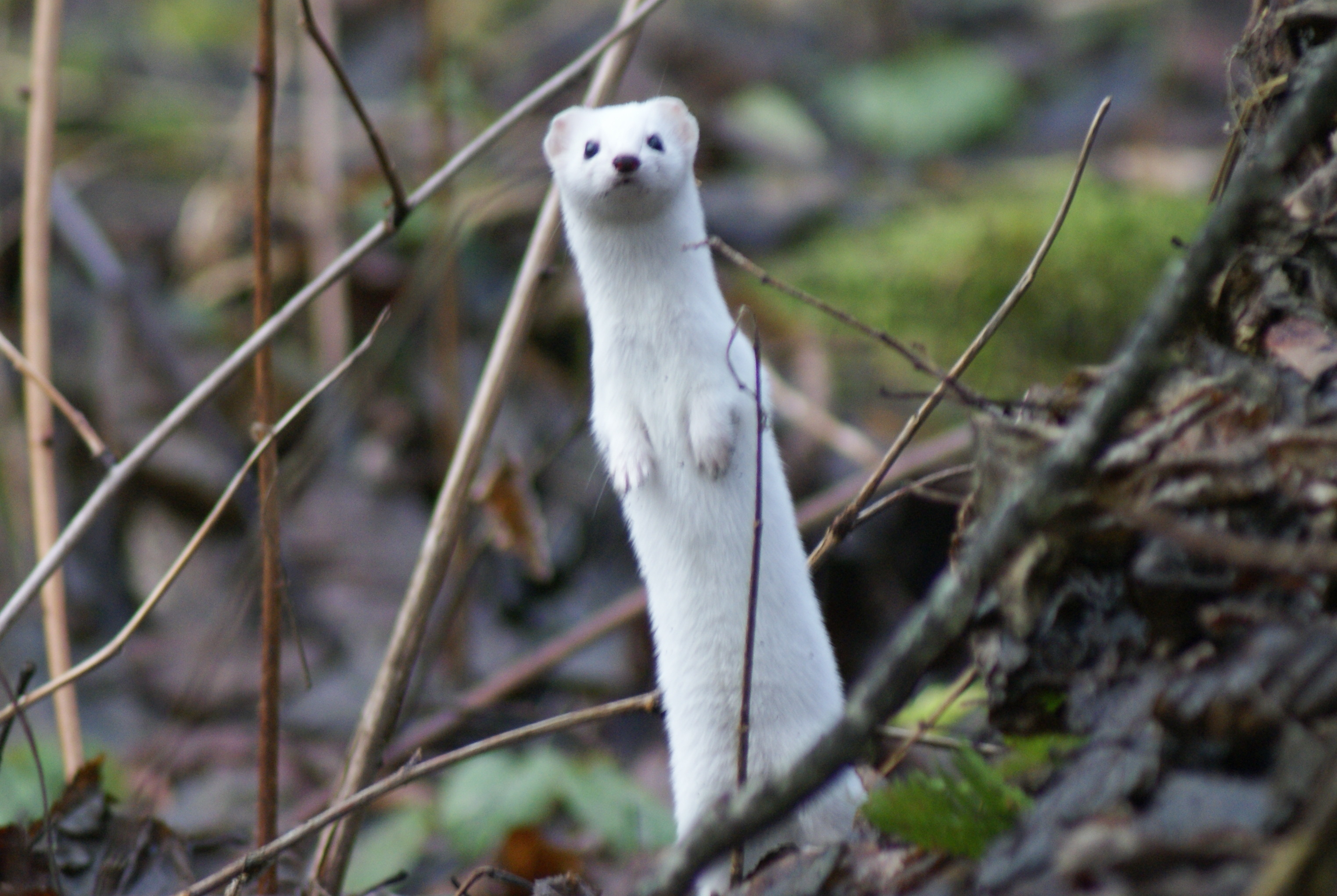|
Guanacos
The guanaco (; ''Lama guanicoe'') is a camelid native to South America, closely related to the llama. Guanacos are one of two wild South American camelids, the other being the vicuña, which lives at higher elevations. Etymology The guanaco gets its name from the Quechua word ''huanaco'' (modern spelling ''wanaku''). Young guanacos are called ''chulengos''. Characteristics Guanacos stand between at the shoulder, body length of , and weigh . Their color varies very little (unlike the domestic llama), ranging from a light brown to dark cinnamon and shading to white underneath. Guanacos have grey faces and small, straight ears. The lifespan of a guanaco can be as long as 28 years. Guanacos are one of the largest terrestrial mammals native to South America today.San Diego Zoo's Animal Bytes Other terrestrial mammal ... [...More Info...] [...Related Items...] OR: [Wikipedia] [Google] [Baidu] |
Vicuña
The vicuña (''Lama vicugna'') or vicuna (both , very rarely spelled ''vicugna'', its former genus name) is one of the two wild South American camelids, which live in the high alpine areas of the Andes, the other being the guanaco, which lives at lower elevations. Vicuñas are relatives of the llama, and are now believed to be the wild ancestor of domesticated alpacas, which are raised for their coats. Vicuñas produce small amounts of extremely fine wool, which is very expensive because the animal can only be shorn every three years and has to be caught from the wild. When knitted together, the product of the vicuña's wool is very soft and warm. The Inca valued vicuñas highly for their wool, and it was against the law for anyone but royalty to wear vicuña garments; today, the vicuña is the national animal of Peru and appears on the Peruvian coat of arms. Both under the rule of the Inca and today, vicuñas have been protected by law, but they were heavily hunted in ... [...More Info...] [...Related Items...] OR: [Wikipedia] [Google] [Baidu] |
Alpaca
The alpaca (''Lama pacos'') is a species of South American camelid mammal. It is similar to, and often confused with, the llama. However, alpacas are often noticeably smaller than llamas. The two animals are closely related and can successfully crossbreed. Both species are believed to have been domesticated from their wild relatives, the vicuña and guanaco. There are two breeds of alpaca: the Suri alpaca and the Huacaya alpaca. Alpacas are kept in herds that graze on the level heights of the Andes of Southern Peru, Western Bolivia, Ecuador, and Northern Chile at an altitude of above sea level. Alpacas are considerably smaller than llamas, and unlike llamas, they were not bred to be working animals, but were bred specifically for their fiber. Alpaca fiber is used for making knitted and woven items, similar to sheep's wool. These items include blankets, sweaters, hats, gloves, scarves, a wide variety of textiles, and ponchos, in South America, as well as sweaters, soc ... [...More Info...] [...Related Items...] OR: [Wikipedia] [Google] [Baidu] |
Philipp Ludwig Statius Müller
Philipp Ludwig Statius Müller (25 April 1725 – 5 January 1776) was a German zoologist. Statius Müller was born in Esens, and was a professor of natural science at Erlangen. Between 1773 and 1776, he published a German translation of Linnaeus's '' Natursystem''. The supplement in 1776 contained the first scientific classification for a number of species, including the dugong, guanaco, potto, tricolored heron, umbrella cockatoo, red-vented cockatoo, and the enigmatic hoatzin. He was also an entomologist. Müller died in Erlangen. He is not to be confused with Salomon Müller (1804–1864), also an ornithologist, or with Otto Friedrich Müller Otto Friedrich Müller, also known as Otto Friedrich Mueller (2 November 1730 – 26 December 1784) was a Danish naturalist and scientific illustrator. Biography Müller was born in Copenhagen. He was educated for the church, became tutor to a yo .... Works *Statius Müller, P. L. 1776. ''Des Ritters Carl von Linné Königlich Schwed ... [...More Info...] [...Related Items...] OR: [Wikipedia] [Google] [Baidu] |
Patagonia
Patagonia () refers to a geographical region that encompasses the southern end of South America, governed by Argentina and Chile. The region comprises the southern section of the Andes Mountains with lakes, fjords, temperate rainforests, and glaciers in the west and deserts, tablelands and steppes to the east. Patagonia is bounded by the Pacific Ocean on the west, the Atlantic Ocean to the east, and many bodies of water that connect them, such as the Strait of Magellan, the Beagle Channel, and the Drake Passage to the south. The Colorado and Barrancas rivers, which run from the Andes to the Atlantic, are commonly considered the northern limit of Argentine Patagonia. The archipelago of Tierra del Fuego is sometimes included as part of Patagonia. Most geographers and historians locate the northern limit of Chilean Patagonia at Huincul Fault, in Araucanía Region.Manuel Enrique Schilling; Richard WalterCarlson; AndrésTassara; Rommulo Vieira Conceição; Gustavo Walter B ... [...More Info...] [...Related Items...] OR: [Wikipedia] [Google] [Baidu] |
Penguins And Guanaco
Penguins (order Sphenisciformes , family Spheniscidae ) are a group of aquatic flightless birds. They live almost exclusively in the Southern Hemisphere: only one species, the Galápagos penguin, is found north of the Equator. Highly adapted for life in the water, penguins have countershaded dark and white plumage and flippers for swimming. Most penguins feed on krill, fish, squid and other forms of sea life which they catch with their bills and swallow it whole while swimming. A penguin has a spiny tongue and powerful jaws to grip slippery prey. They spend roughly half of their lives on land and the other half in the sea. The largest living species is the emperor penguin (''Aptenodytes forsteri''): on average, adults are about tall and weigh . The smallest penguin species is the little blue penguin (''Eudyptula minor''), also known as the fairy penguin, which stands around tall and weighs . Today, larger penguins generally inhabit colder regions, and smaller penguins inh ... [...More Info...] [...Related Items...] OR: [Wikipedia] [Google] [Baidu] |
Lama Guanicoe
Lama (; "chief") is a title for a teacher of the Dharma in Tibetan Buddhism. The name is similar to the Sanskrit term ''guru'', meaning "heavy one", endowed with qualities the student will eventually embody. The Tibetan word "lama" means "highest principle", and less literally "highest mother" or "highest parent" to show close relationship between teacher and student."lama" from Historically, the term was used for venerated spiritual masters or heads of . Today the title can be used as an [...More Info...] [...Related Items...] OR: [Wikipedia] [Google] [Baidu] |
Cashmere Wool
Cashmere wool, usually simply known as cashmere, is a fiber obtained from cashmere goats, pashmina goats, and some other breeds of goat. It has been used to make yarn, textiles and clothing for hundreds of years. Cashmere is closely associated with the Kashmir shawl, the word "cashmere" deriving from an anglicisation of '' Kashmir'', when the Kashmir shawl reached Europe in the 19th century. Both the soft undercoat and the guard hairs may be used; the softer hair is reserved for textiles, while the coarse guard hair is used for brushes and other non-apparel purposes. A number of countries produce cashmere and have improved processing techniques over the years but China and Mongolia are two of the leading producers as of 2019. Afghanistan is ranked third. Some yarns and clothing marketed as containing cashmere have been found to contain little to no cashmere fiber, so more stringent testing has been requested to make sure items are fairly represented. Poor land management and ... [...More Info...] [...Related Items...] OR: [Wikipedia] [Google] [Baidu] |
Diameter
In geometry, a diameter of a circle is any straight line segment that passes through the center of the circle and whose endpoints lie on the circle. It can also be defined as the longest chord of the circle. Both definitions are also valid for the diameter of a sphere. In more modern usage, the length d of a diameter is also called the diameter. In this sense one speaks of diameter rather than diameter (which refers to the line segment itself), because all diameters of a circle or sphere have the same length, this being twice the radius r. :d = 2r \qquad\text\qquad r = \frac. For a convex shape in the plane, the diameter is defined to be the largest distance that can be formed between two opposite parallel lines tangent to its boundary, and the is often defined to be the smallest such distance. Both quantities can be calculated efficiently using rotating calipers. For a curve of constant width such as the Reuleaux triangle, the width and diameter are the same beca ... [...More Info...] [...Related Items...] OR: [Wikipedia] [Google] [Baidu] |
Micron (wool)
A micron (micrometre) is the measurement used to express the diameter of wool fibre. Fine wool fibers have a low micron value. Fibre diameter is the most important characteristic of wool in determining its value. Every fleece comprises a very wide range of fibre diameters—for example a typical Merino fleece will contain fibres of as low as 10 microns in diameter, and there could be fibres with diameters exceeding 25 microns, depending on the age and health (or nutrition) of the sheep. What is usually referred to as wool's "micron" is the mean of the fibre diameters or average diameter. This may be measured in a number of different ways. Small samples can be taken from the side or fleece of a sheep and measured using a portable instrument such as an OFDA2000 (Optical Fibre Diameter Analyser); or a mobile instrument system called a Fleecescan. Both these systems have been studied extensively and if used correctly, they should give reasonably reliable results. Pre wool classing m ... [...More Info...] [...Related Items...] OR: [Wikipedia] [Google] [Baidu] |
Guard Hair
Guard hair or overhair is the outer layer of hair of most mammals, which overlay the fur. Guard hairs are long and coarse and protect the rest of the pelage (fur) from abrasion and frequently from moisture. They are visible on the surface of the fur and usually lend a characteristic contour and colour pattern. Underneath the contour hair is the short, dense, fine down. There are three types of guard hair: awns, bristles, and spines.G. A. Feldhamer, J. F. Merritt, C. Krajewski, J. L. Rachlow, K. M. Stewart. ''Mammalogy: Adaptation, Diversity, Ecology. Fifth Edition.'' Johns Hopkins University Press. 2020Robert E. Martin, Ronald H. Pine, Anthony F. DeBlase. ''A Manual of Mammalogy: With Keys to Families of the World''. 3rd edition. Waveland Pr Inc. 2011D. A. Kelt, J. L. Patton. ''A Manual of the Mammalia: An Homage to Lawlor’s “Handbook to the Orders and Families of Living Mammals”.'' University of Chicago Press. 2020 Description Guard hair (overhair) is the top or outer lay ... [...More Info...] [...Related Items...] OR: [Wikipedia] [Google] [Baidu] |
Coat (animal)
Coat is the nature and quality of a mammal's fur. In the animal fancy, coat is an attribute that reflects the quality of a specimen's breeding as well as the level of the animal's care, conditioning, and management. Coat is an integral aspect of the judging at competitions such as a conformation dog show, a cat show, a horse show (especially showmanship classes), or a rabbit show. The pelage of a show animal may be divided into different types of hair, fur or wool with a texture ranging from downy to spiky. In addition, the animal may be single-coated or may have a number of coats, such as an undercoat and a topcoat (also called an ''outer coat'' or, sometimes, ''overcoat''), which is made up of guard hair. The state of the coat is considered an indication of the animal's breeding and health. Animals might have different coat quality for different seasons. Normally, animals with fur or hair body coats may develop a thicker and/or longer winter coat in colder times o ... [...More Info...] [...Related Items...] OR: [Wikipedia] [Google] [Baidu] |
Red Fox
The red fox (''Vulpes vulpes'') is the largest of the true foxes and one of the most widely distributed members of the order Carnivora, being present across the entire Northern Hemisphere including most of North America, Europe and Asia, plus parts of North Africa. It is listed as least concern by the IUCN. Its range has increased alongside human expansion, having been introduced to Australia, where it is considered harmful to native mammals and bird populations. Due to its presence in Australia, it is included on the list of the "world's 100 worst invasive species". The red fox originated from smaller-sized ancestors from Eurasia during the Middle Villafranchian period, and colonised North America shortly after the Wisconsin glaciation. Among the true foxes, the red fox represents a more progressive form in the direction of carnivory. Apart from its large size, the red fox is distinguished from other fox species by its ability to adapt quickly to new environments. Despit ... [...More Info...] [...Related Items...] OR: [Wikipedia] [Google] [Baidu] |








.jpg)